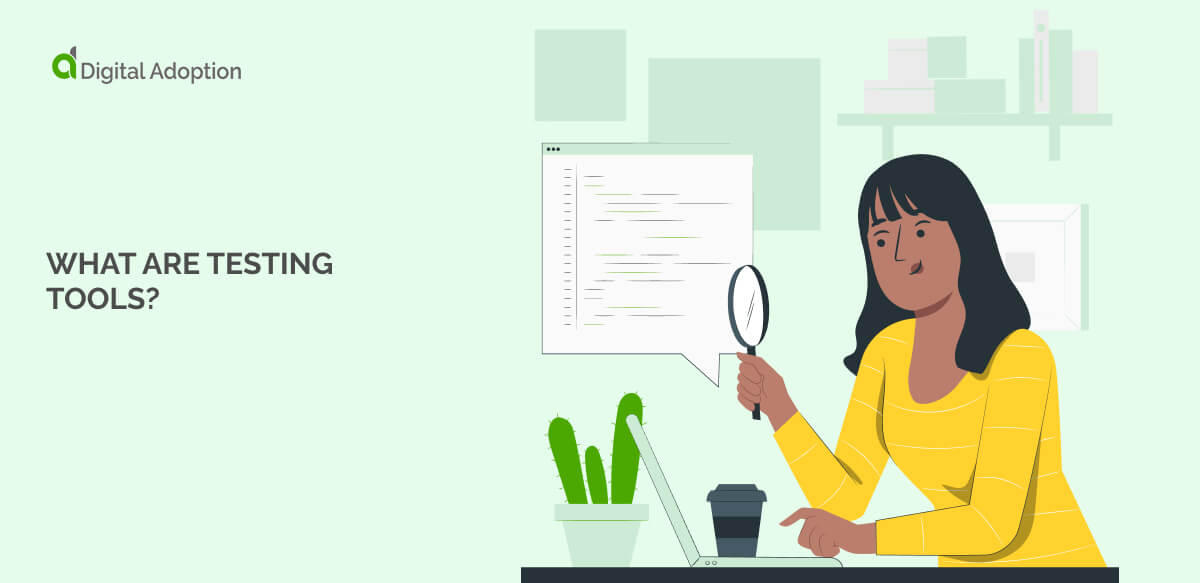What are some use cases for testing tools?
Testing tools serve practical purposes across industries. They identify flaws and improve software quality before product launch. They help reduce risks, ensure reliability, and enhance overall performance in business scenarios.
Below are three concrete examples showing how these tools are applied to solve specific challenges.
Digital banking
Scenario: Digital banking adoption requires testing tools to ensure financial applications provide a smooth user experience across all platforms.
Method: Cross-browser testing is essential to guarantee the platform’s functionality, whether the user accesses it through a mobile app or browser.
Outcome: By ensuring compatibility, these tools help address one of the biggest challenges of digital banking adoption—ensuring a consistent experience across diverse devices and browsers. Testing tools eliminate friction in customer interactions, enabling more widespread adoption of digital banking.
Fintech industry
Scenario: Fintech’s role in digital banking adoption is growing, and customers are demanding more robust and secure financial services.
Method: Parallel testing is used to verify that fintech applications function correctly alongside legacy systems or new features.
Outcome: Parallel testing ensures that fintech applications integrate seamlessly with existing systems, reducing the risk of downtime and operational disruptions. This is needed as fintech solutions are key drivers of digital banking adoption in modern financial ecosystems.
A software-as-a-service platform (SaaS)
Scenario: SaaS digital adoption in organizations requires efficient testing to ensure stable software updates and integrations.
Method: Debugging tools help identify and resolve issues in SaaS platforms before new features go live.
Outcome: Debugging ensures that SaaS collaboration tools work efficiently and without failure during implementation, making the transition smoother for users and improving SaaS digital adoption rates.

